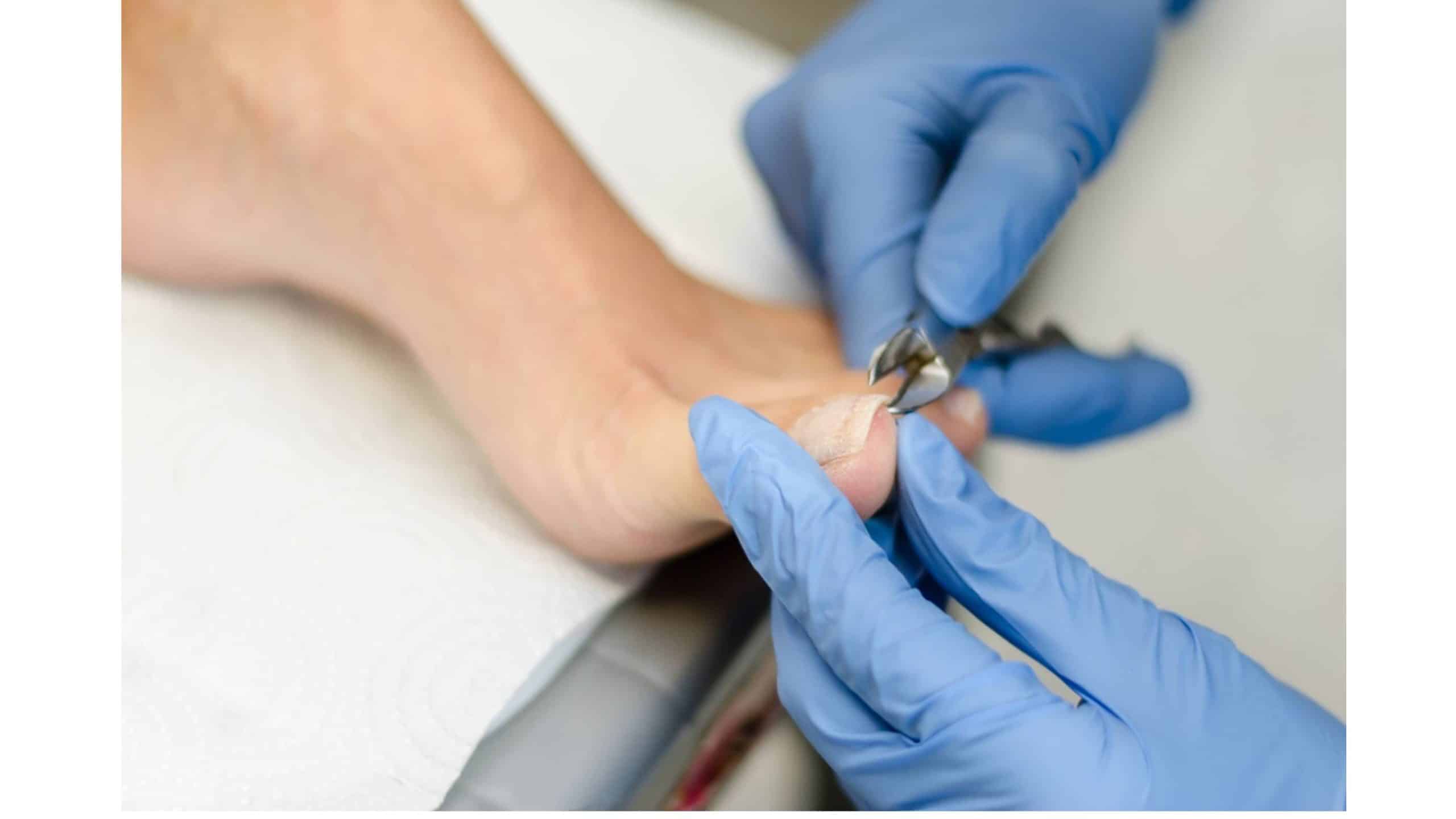In this website segment, we want to present the career path of How to Become a Podiatrist. You can learn What a Podiatrist Does. Additionally, in our section on Personal finance, you can learn How Much a Podiatrist Costs and How Much a Podiatrist charges to Cut Toenails.
A podiatrist is a foot specialist specializing in diagnosing, treating, and preventing conditions affecting the human foot. They are typically trained to provide medical and surgical treatments for lower limb disorders such as bunions, ingrown toenails, heel pain, and arch pain. They are also qualified to assess and treat biomechanical problems that can lead to poor balance or difficulty walking.
How to become a podiatrist?
To become a podiatrist, you must get a bachelor’s degree and apply to an accredited podiatric medical college. Podiatrist graduate school takes four years; after that, you will receive a Doctor of Podiatric Medicine (D.P.M.).

Following their undergraduate education, podiatrists complete four years of medical school, during which time they begin dealing with surgical intervention, surgical training, and the foot. They then continue their education and training by completing three to four years of podiatry residency, which gives them an advantage over other medical professionals.
Becoming a podiatrist requires a highly specialized education, which can be rewarding and challenging. Aspiring practitioners must obtain a bachelor’s degree in any field they choose to become a podiatrist. Science-based programs such as biology, chemistry, or physiology are recommended courses of study to prepare applicants for the rigors of medical school.
Once the prerequisites are fulfilled with a bachelor’s degree, prospective podiatrists can apply to an accredited podiatric medical college to pursue the Doctor of Podiatric Medicine (D.P.M.) degrD.P.M. Admissions criteria vary greatly depending on the program. Still, applicants may be expected to pass standardized tests like MCATs and G.P.A.s closG.P.A.s 3.5 in some cases. It is also essential for future podiatry doctors to have worked in related patient care settings like hospitals or nursing homes before submitting applications, if possible.
Once enrolled in a rigorous four-year curriculum emphasizing core medical concepts such as anatomy, pathology, pharmacology, biomechanics, and specialized training related exclusively to feet and ankles, students can expect considerable academic loads involving classroom instruction and clinical rotations at hospitals and other healthcare facilities. These rotations generally occur during their second year of study, with more detailed instructions for diagnosing diseases affecting the feet and ankles. During their final two years of studies, students often undertake further rotations related to surgery or advanced foot radiology, concentrating on imaging techniques such as radiographs or ultrasounds used for diagnostics.
The fourth year of schooling consists primarily of residency programs offering hands-on experience with patients under the direct supervision of experienced healthcare professionals for candidates to complete the requirements necessary for graduation towards becoming fully qualified podiatrists able to practice independently once they pass all their exams and licensure requirements set forth by individual states which vary in content across geographic locations.
In conclusion, becoming a credentialed podiatrist requires dedication from start to finish. This begins with undergraduate education and leads to postgraduate studies, culminating with completing internship programs before embarking upon medical practices that relate directly to foot and ankle health issues. Those seeking this specialized form of healthcare should note that it involves both intellectual acumens and personal commitment throughout all stages before one can assume duties as fully qualified practitioners within this profession dedicated to providing optimal foot healthcare solutions for those requiring such services.
A patient often recommends a podiatrist. The sooner you get an issue fixed, the better because sometimes you don’t know the difference between a short-term problem and a long-term problem. The longer you wait to address a problem, the longer it takes to fix it.
